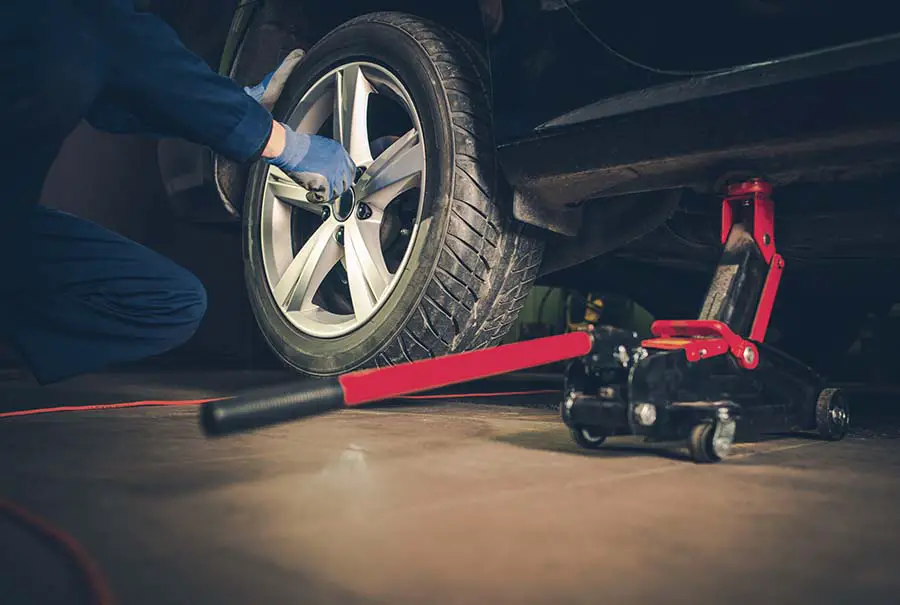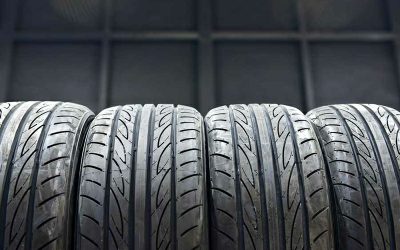Tires are the part in direct contact with the road surface, so many people often think they will wear out the same way. However, do you not know that you can actually prevent this situation just by rotating them?
How Long Does It Take To Rotate Tires?
Many drivers are afraid to do this because they think it takes a lot of time when they have to manipulate all four wheels in turn. However, it only lasts about 15-20 minutes.
The technician will make the most appropriate changes depending on the structure and threadbare condition. For example, the Forward Cross model for front-wheel drive, the cross-type for rear-wheel-drive vehicles, etc.
You won’t need to spend lots of time waiting until the car is ready to roll again. However, if you want to use other maintenance services, the time can last 1 hour.
Why Do You Have To Rotate The Tires?
Tire rotation should take place when you change the tire’s position from one position to another on the same vehicle. A set of evenly worn ones will last longer than a set of misaligned ones.
The main cause of uneven threadbare is the different weights of the axles. With front-wheel drive vehicles, the two front wheels act as both driving and navigating the vehicle. Because of that, the two front wheels will usually be footworn out faster than the two rear wheels.
The steering also causes the wheels to have uneven wear between the left and right sides. On the other hand, the uneven threadbare makes a change to the grip of the wheels, subsequently reducing the braking ability of the vehicle.
By understanding how to do this process correctly, you can help to extend its life, ensure driving safety and save up to 3% on fuel costs when operating the vehicle.
When Should You Rotate Your Tires?
Leading automotive engineering experts recommend doing this after 5,000 – 7,500 miles for quality models. Specifically, the car owner needs to balance the wheels and check the correct wheel alignment angle to ensure it is by the technical process.
You may need a rotation once there is a sign of wearing. Do it immediately if you see the following signs:
- Uneven footworn: Most evident through the ridges and spikes on the surface. This status can lead to damage during use and affect internal pressure.
- Noise: An imbalance in wheel weight distribution is what causes noise.
- The vibration of the steering wheel: In the case of loss of balance, the steering wheel may vibrate when accelerating.
- Vehicle pulls to one side: The vehicle pulls over to the left or right side of the road when braking, accelerating, and cornering.
You can completely maintain them at home if you have all the equipment and understand the technique.
See more: How Often Should You Rotate Your Tires








